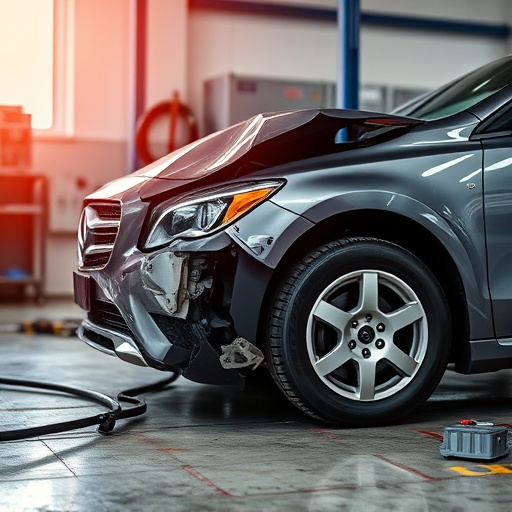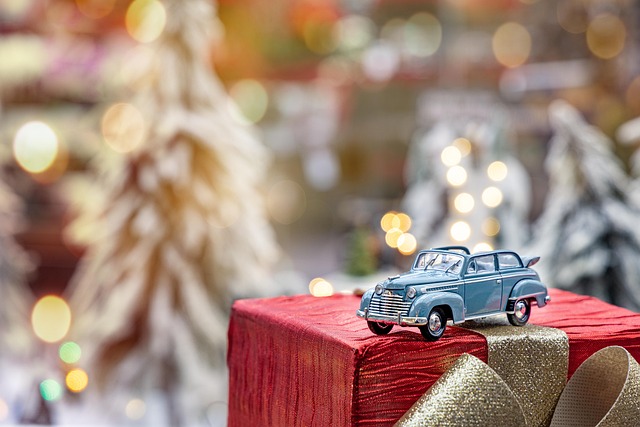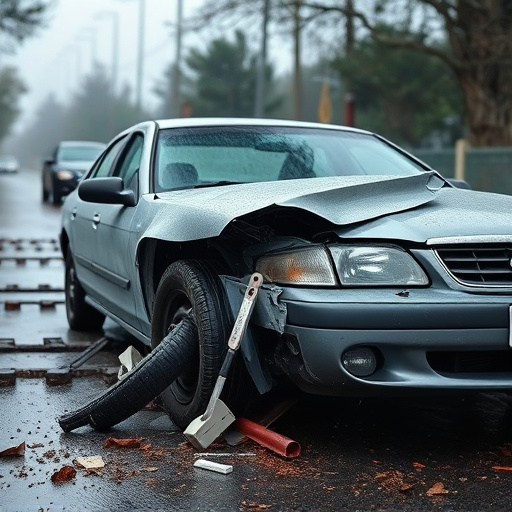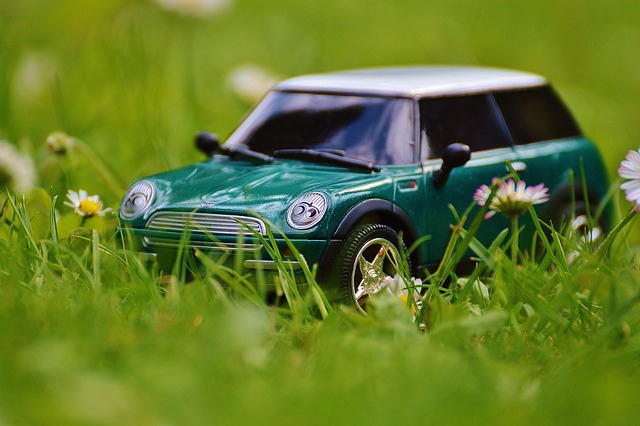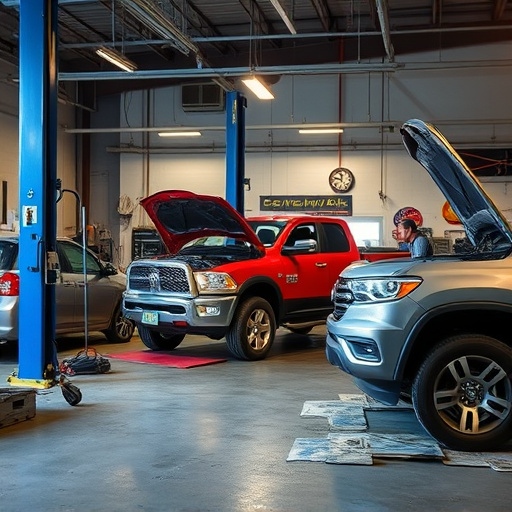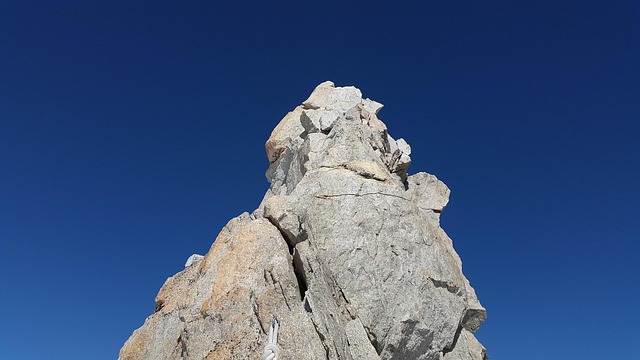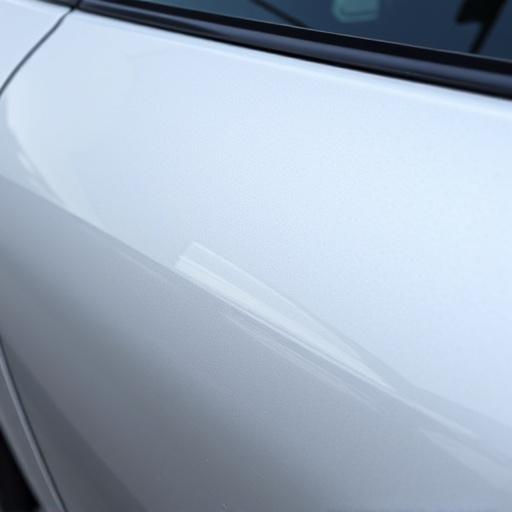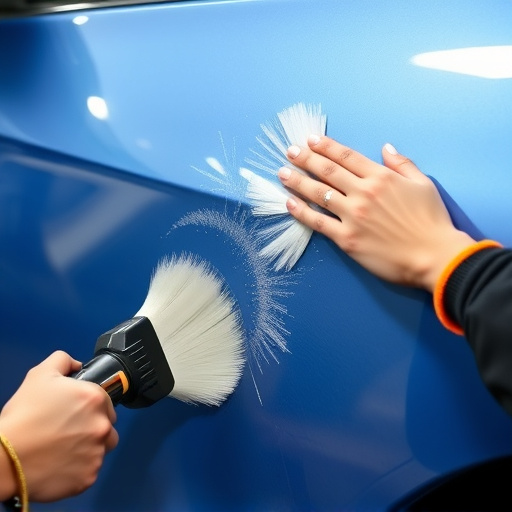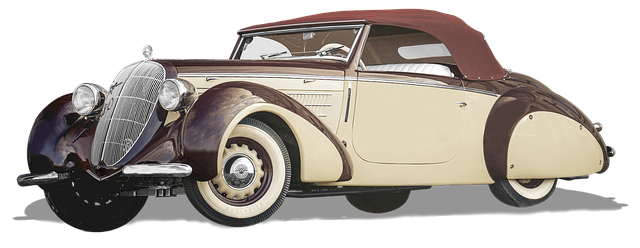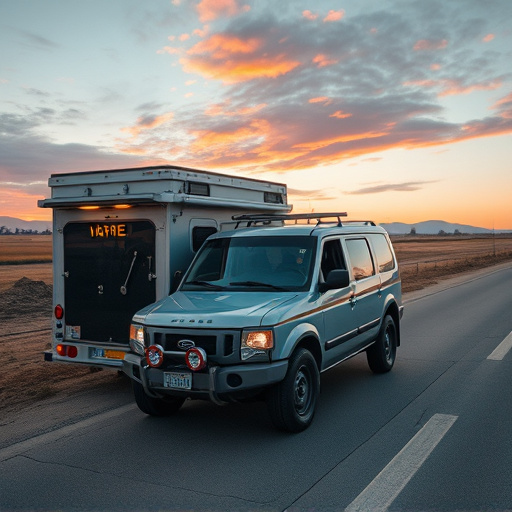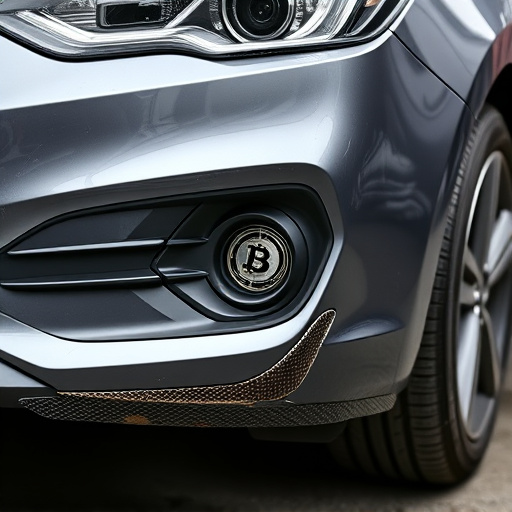Ice damage collision repair protocols are specialized training guidelines for technicians to navigate winter weather challenges, ensuring vehicle safety and structural integrity through initial assessment to final paint repair. This includes handling frozen components, disassembling damaged areas, and precisely replacing parts like bumpers. Training methods include chilled chambers, frozen water simulations, and virtual reality modules to refine skills in controlled settings, preparing technicians to tackle diverse ice damage scenarios effectively.
In the realm of automotive restoration, ice damage collision repair protocols stand as a specialized art. As freezing conditions pose unique challenges, technicians require meticulous training to master these frozen scenarios. This article delves into the intricate process of educating professionals on ice damage repair, exploring effective training methods and practical applications. From understanding protocol to preparing for real-world ice events, we unravel the key steps ensuring optimal restoration outcomes in frigid climates.
- Understanding Ice Damage Collision Repair Protocols
- Training Methods for Technicians in Frozen Scenarios
- Practical Application: Preparing for Real-World Ice Events
Understanding Ice Damage Collision Repair Protocols
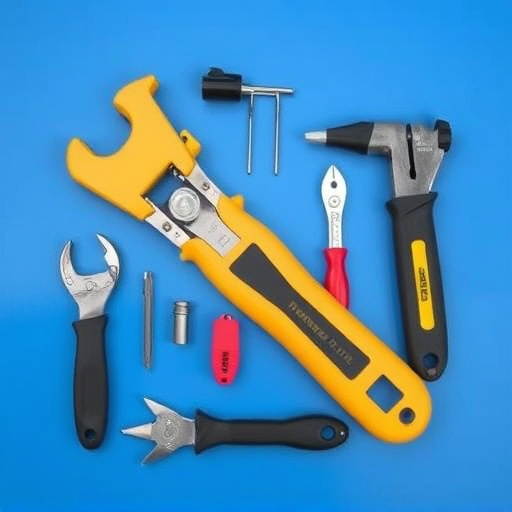
Ice damage collision repair protocols are designed to address unique challenges posed by winter weather events. These protocols detail specific steps technicians must take when repairing vehicles damaged by ice, snow, or freezing temperatures. Understanding these protocols is crucial for ensuring the safety and structural integrity of vehicles post-repair.
Technicians in collision repair centers undergo specialized training to learn these protocols, which encompass a range of processes from initial assessment to final vehicle paint repair. This includes knowing how to handle frozen components, disassemble damaged areas safely, and replace parts like bumpers accurately. The goal is not just to restore the vehicle’s aesthetic appeal but also to maintain its structural soundness, ensuring both safety for drivers and longevity of the vehicle.
Training Methods for Technicians in Frozen Scenarios
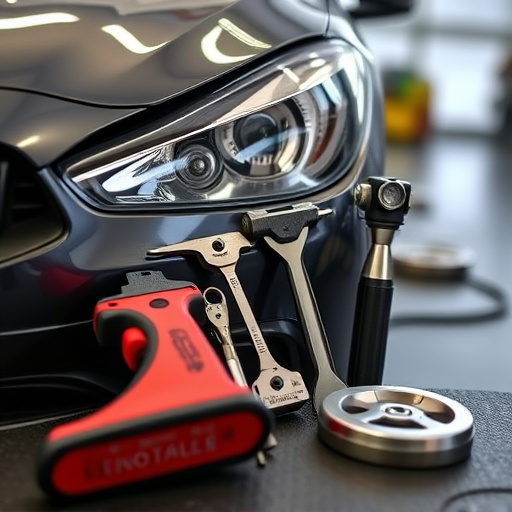
In training technicians for ice damage collision repair, specialized scenarios are designed to mimic frozen conditions. These simulations often involve using chilled chambers or freezing water to create icy surfaces on which trainees practice their skills. Such hands-on methods are crucial in preparing them to handle real-world situations where ice and snow can cause significant vehicle dent repair and hail damage repair challenges.
Additionally, virtual reality (VR) training modules have emerged as a powerful tool for ice damage collision repair protocols. VR allows technicians to navigate through virtual environments that closely resemble frozen landscapes, offering an immersive experience. This technology not only enhances learning but also enables them to practice intricate vehicle dent repair tasks in a controlled setting, further refining their abilities and ensuring they’re ready to tackle any hail damage repair challenges they may encounter on the job.
Practical Application: Preparing for Real-World Ice Events
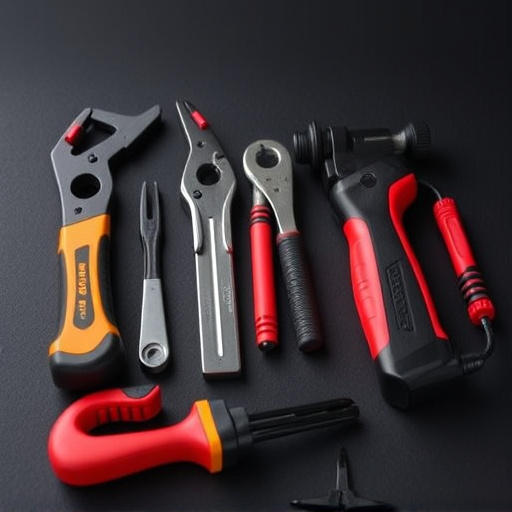
In training for ice damage collision repair, technicians must prepare for real-world scenarios. This involves practicing on simulated ice conditions to develop skills in safely handling frozen vehicles and managing icy surfaces. The practical application includes learning how to assess ice build-up, use appropriate tools to remove ice without causing further damage, and navigate the challenges posed by slick or uneven surfaces. By gaining hands-on experience in these situations, technicians become better equipped to handle actual ice events, ensuring efficient and effective auto body repairs.
Additionally, training should incorporate scenarios that involve damaged auto glass repair and car dent repair due to icy conditions. Technicians learn to address broken windows, cracked windshields, and dents caused by sudden temperature changes and ice accumulation. This comprehensive approach ensures that they are ready to tackle a wide range of issues related to ice damage collision repair, enhancing their ability to provide top-quality service in any weather condition.
Ice damage collision repair protocols demand specialized training for technicians to handle frozen scenarios effectively. By understanding the unique challenges of ice damage and employing immersive training methods, professionals can prepare for real-world ice events. This ensures that vehicles receive the best care during and after icy conditions, promoting safety and customer satisfaction in all seasons.

